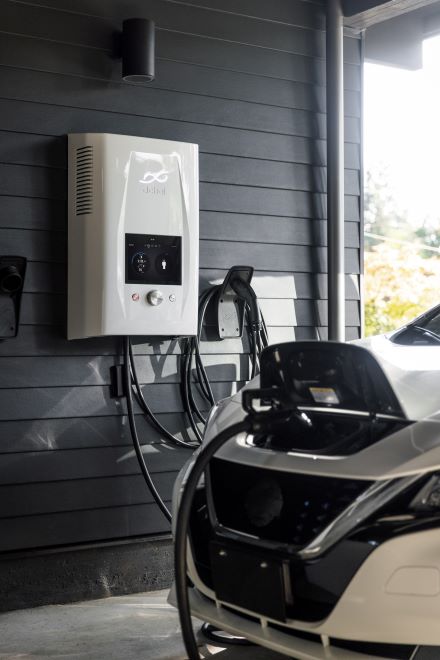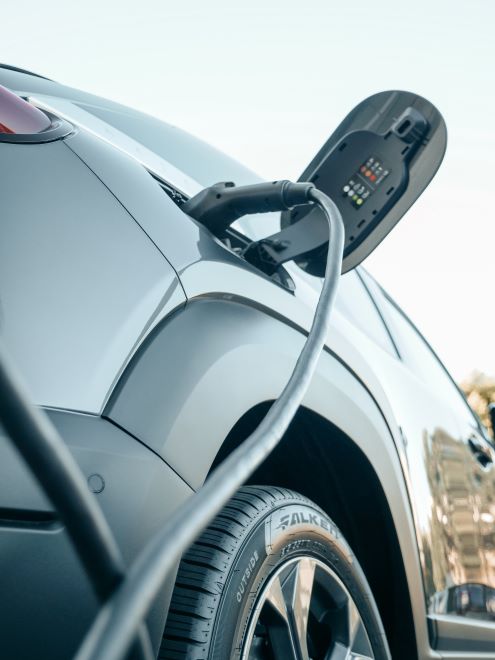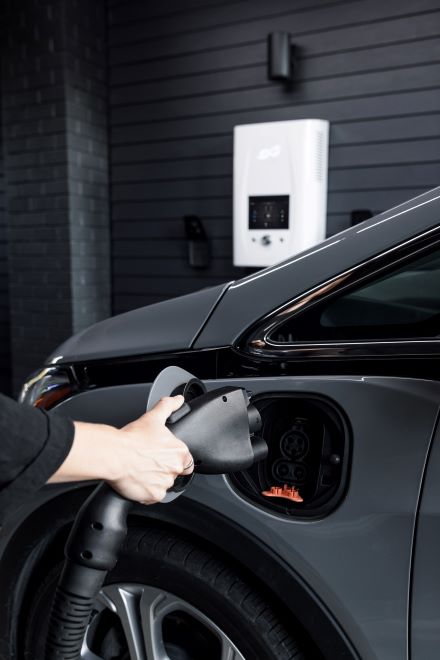Main Menu
Main Menu
- Sign Up
- Car Home Page
- Electric/Hybrid
- Van Home Page
- Pickup Home Page
- Main Home Page
- About Us
- Business Finance Guide
- Personal Finance Guide
- Finance Application
- Blog & News
- Meet the Team
- Careers
- LOROS Charity
- FAQs
- Mission Statement
Questions?
0116 259 9548

BVRLA Member
No Administration Fees
Free Nationwide Delivery
Looking for a good deal?
If you are wanting a great deal, then be sure to check out our special offers. You may just find the perfect vehicle for your needs amongst our extensive collection.
No Administration Fees
Free Nationwide Delivery



